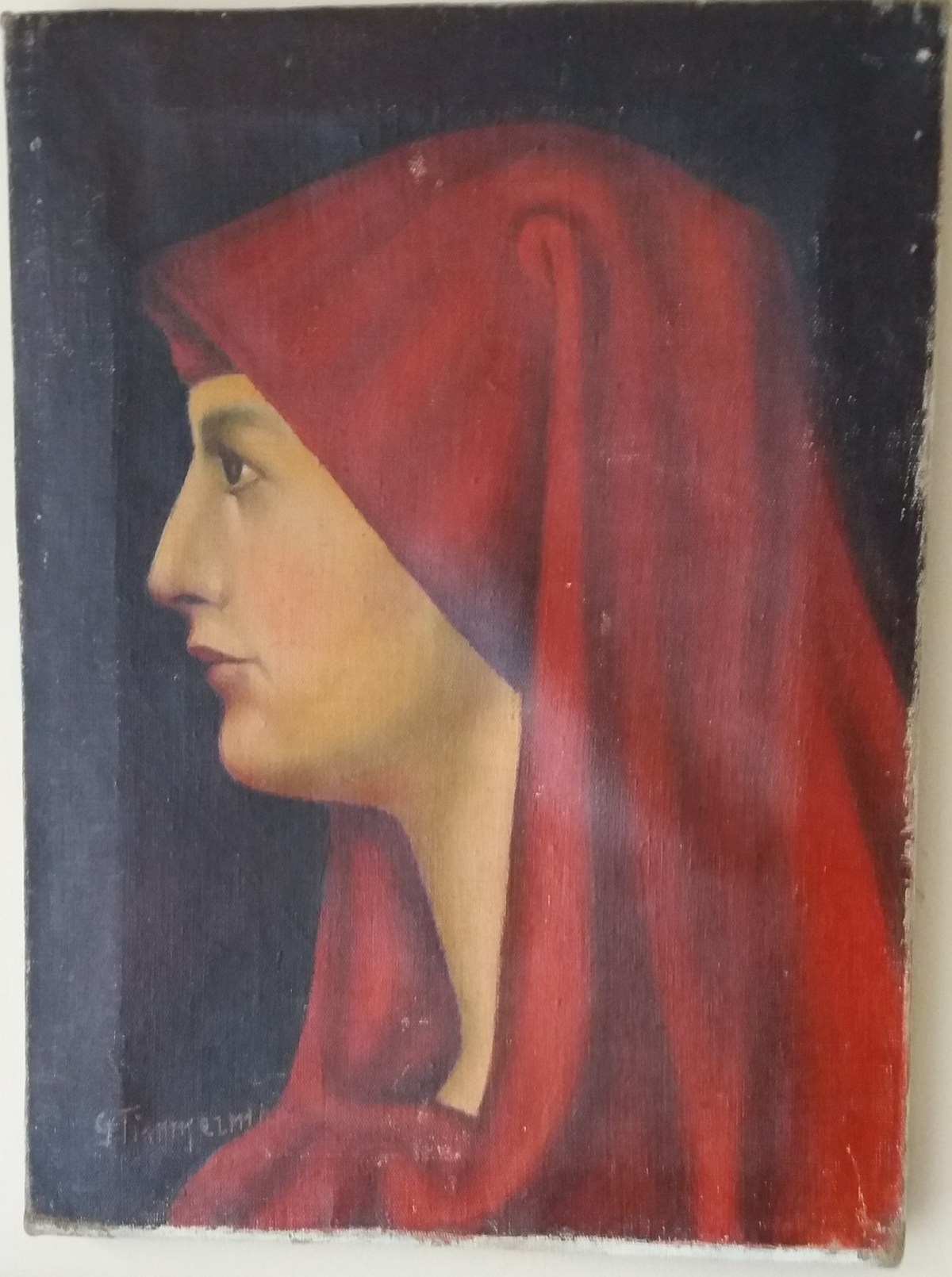St. Fabiola was responsible for establishing the first hospital in the Western Roman Empire, built in Rome around 400.Fear of science is an accusation often unfairly leveled at the Catholic Church. You don’t hear about the fear of medicine, on the other hand, as it has been central to belief since Christ encouraged his followers to “heal the sick.” As soon as Emperor Constantine legitimized the previously persecuted faith, the building began.
Christian hospitals reached the Western side of Europe a bit later than in the East. Rome was, appropriately, the first venue. A female saint was responsible for establishing the first hospital in the Western Roman Empire, around the year 400. St. Fabiola’s original building is no longer around, but there are many ancient hospitals that have survived into the modern era. These include Europe’s longest-lasting hospital building, Santa Maria della Scala in Siena, Italy. It’s a museum now, having been an essential place of healthcare for 500 years.
Paris has the reverse situation. Probably the oldest continuously operating – in all senses – hospital in the world, the building itself is a mere 150 years old. The Hotel-Dieu was supposedly founded 1,600 years ago. It was a religious institution then, as the name suggests, but is now secular as the major casualty facility for central Paris. It was staffed by Augustinian nuns into the 20th century.
Augustinians were behind many hospitals, including the oldest in London. Founded in 1123, St. Bartholomew’s is still one of the UK’s most important hospitals. It is now managed by the overstretched National Health Service and security concerns have changed since 1381: the leader of England’s biggest-ever peasants’ revolt was receiving treatment there when the king’s soldiers marched into the hospital and executed him.
St. Bart’s, as it is affectionately known, was unusual in keeping its religious staff after Henry VIII did away with every other Catholic institution he could find. English healthcare suffered greatly, but this hospital was the exception. With its mainly lay staff, plus Augustinian nuns, this is where William Harvey made one of medicine’s most important discoveries in the 17th century — the circulation of blood.
After the Reformation in Europe it was mainly Catholic countries that maintained serious medical care. Martin Luther, for example, tried to remove nuns and other nurses from hospitals so that they could make decent wives for deserving males.
It was the Benedictines who once had the closest association with hospitals, along with Carmelites, Dominicans and almost every other Catholic order. Even the Crusaders got in on this. During the 12th century, they learned a certain amount from their Muslim enemies and continued much longer than most warriors who combined religious and medical duties. The current Knights of Malta organization, based in Rome, is a descendant of the Knights of the Hospital of St. John of Jerusalem, founded in 1113.
Everywhere that colonizing European powers ventured, they set up hospitals, too. In Asia there are many relics of the work of these (mainly) nuns. Almost every part of the continent, along with the Pacific region and Africa, has hospitals that bear the names of Catholic saints and religious orders. Nowadays these are likely to be next door to the (Seventh Day) Adventists.
The Americas were just another colony when the Spanish and Portuguese sent religious orders to start hospitals. As soon as the French staked a claim in what they called “New France,” up went the Hotel-Dieu of Montreal. The first hospital in Canada was founded in 1645 and functioned largely with the help of nuns. It’s still going as one of Canada’s top facilities, although once again it’s secular these days.
The oldest hospital still in existence in North America was founded in 1524 in Mexico City. Established by Hernan Cortes, the Jesús Nazareno Hospital is still very close to the delightful original building. The history of hospitals in the USA is somewhat different. It revolves less around Catholic foundations, which to a large extent were prohibited. It was not until the 19th century that nuns from France and Ireland in particular were vital in establishing some names that are still very familiar in 2020. Above all there is the Mayo Clinic in Rochester, Minnesota, which was founded by the Sisters of Saint Francis of Rochester.
Catholic institutions are today the largest healthcare providers in the USA. If anyone doubts the legacy owed to nuns, they should look at the evolution of nurses’ uniforms. Florence Nightingale was deeply impressed by the work of Catholic nuns. At this moment it will be difficult to see the uniforms at all, of course, with all the PPE they need to wear on top.


